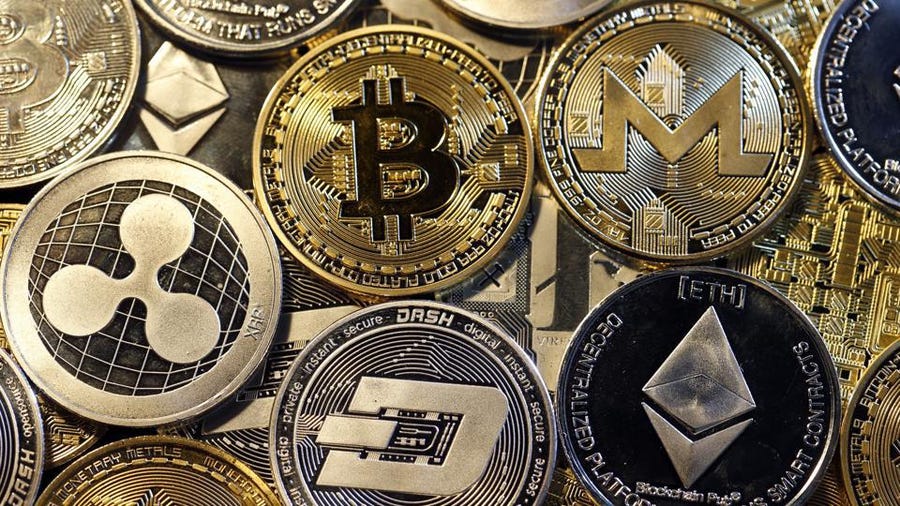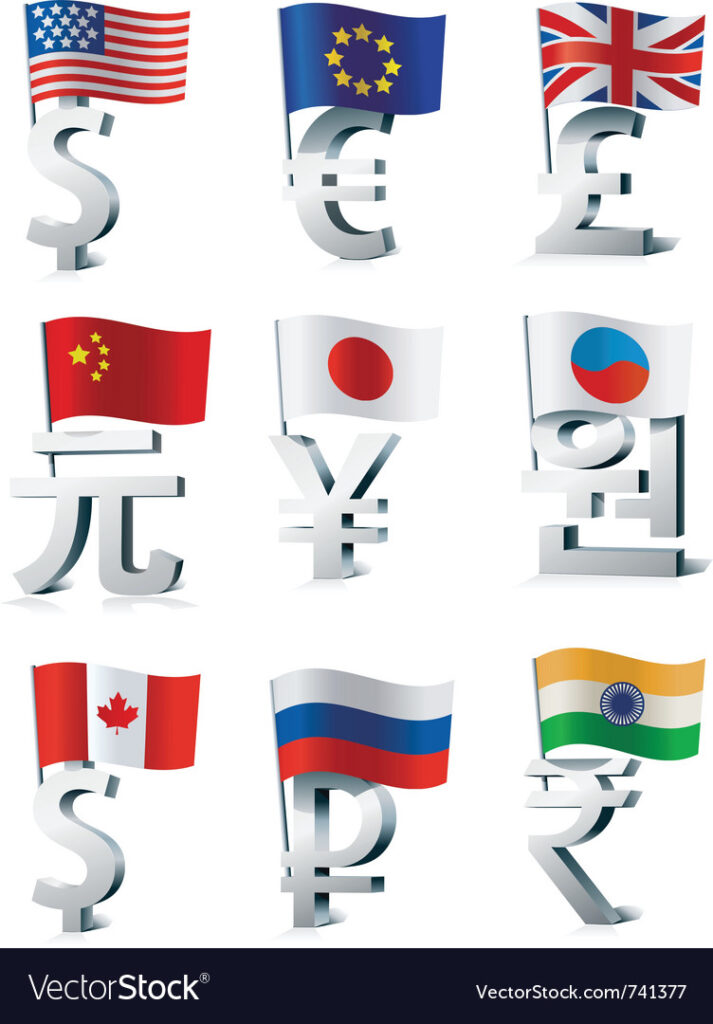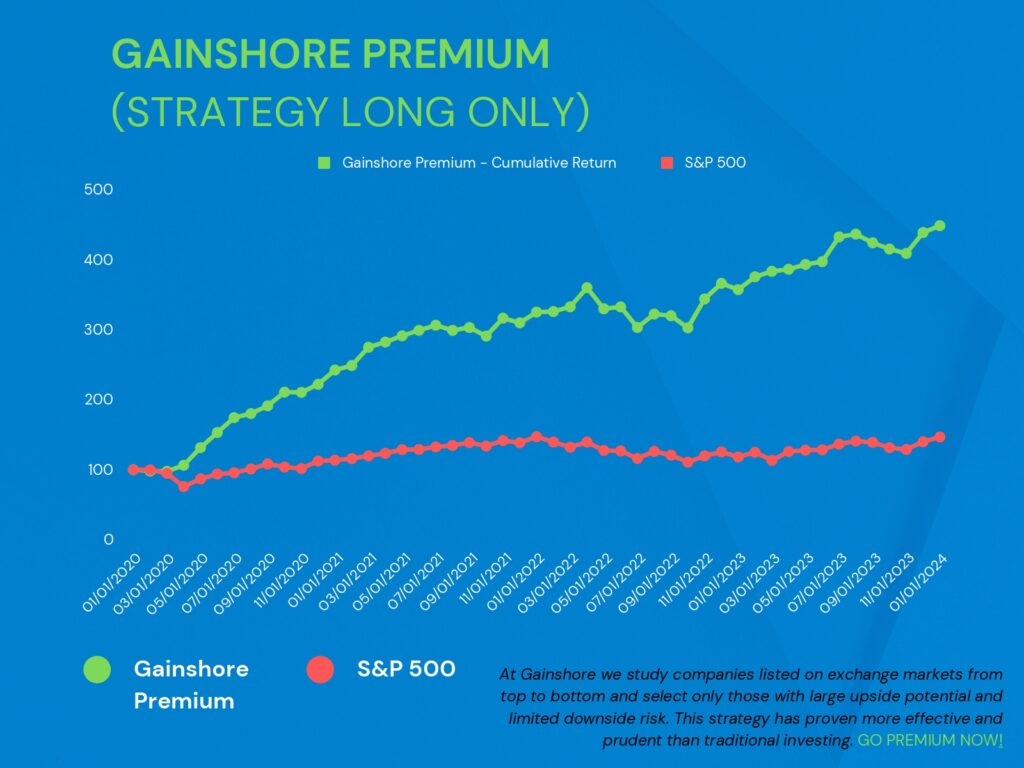What are Cryptocurrencies?
Cryptocurrencies are digital or virtual currencies underpinned by cryptographic systems, making it nearly impossible to counterfeit or double-spend. Many cryptocurrencies are decentralised networks based on blockchain technology – a distributed ledger enforced by a disparate network of computers. Bitcoin, made available to the public in 2009, remains the most widely traded and covered cryptocurrency.

What does that have to do with Forex Trading?
The term Forex stands for Foreign Exchange. Forex trading, in simple terms, is trading in currencies from different countries against each other.
The price of any currency is always versus another currency – for example, the US Dollar versus the Euro. The two currencies in the quote are known as a pair which consists of a base currency and a counter currency. In a quote of USD/EUR, the base currency is USD and the counter currency is EUR. So buying and selling a currency pair is based on whether you think the base currency will appreciate or depreciate against the counter currency.

Should you trade currencies or Cryptos?
As much as we like exchanging and collecting foreign currencies when we are abroad for work or holiday, and although blockchain technology has the potential to disrupt many industries worldwide, Gainshore will never provide investment recommendations on either Cryptocurrencies or Forex*.
The argument is the same for both crypto and Forex:
- Currencies and crypto are not part-ownership in real businesses, they do not produce income nor cash flow and thus do not fall into the pure definition of investments**,
- There is no one in this world who can predict with certainty which direction an Fx pair or cryptocurrency will move.
- When a specific currency pair is bought or sold, the trade (usually) attracts overnight fees or gets overnight refunds (rollover rate); this has to do with the interest rate differential of the two countries in question. So, for example, if the reference interest rate in country A is higher than in country B, going long on A shall provide a positive rollover rate since you are borrowing the currency with the highest interest rate and selling the one with the lowest interest rate (and vice versa).
The only one general recommendation we feel to give out to our readers who are still keen on forex trading is to avoid negative rollover rates and give preference to trades with positive rates. Rollover rates are usually displayed at the bottom of the window when you open a new trade; if they are not, you ought to find out where they are disclosed.
**The same could be said for commodities.
DO YOU WISH TO GENERATE PROFITS WITH YOUR SAVINGS BUT LACK TIME OR PROFESSIONAL EXPERTISE?
Do not take unnecessary risks, try Gainshore now – Satisfied or Guaranteed.






